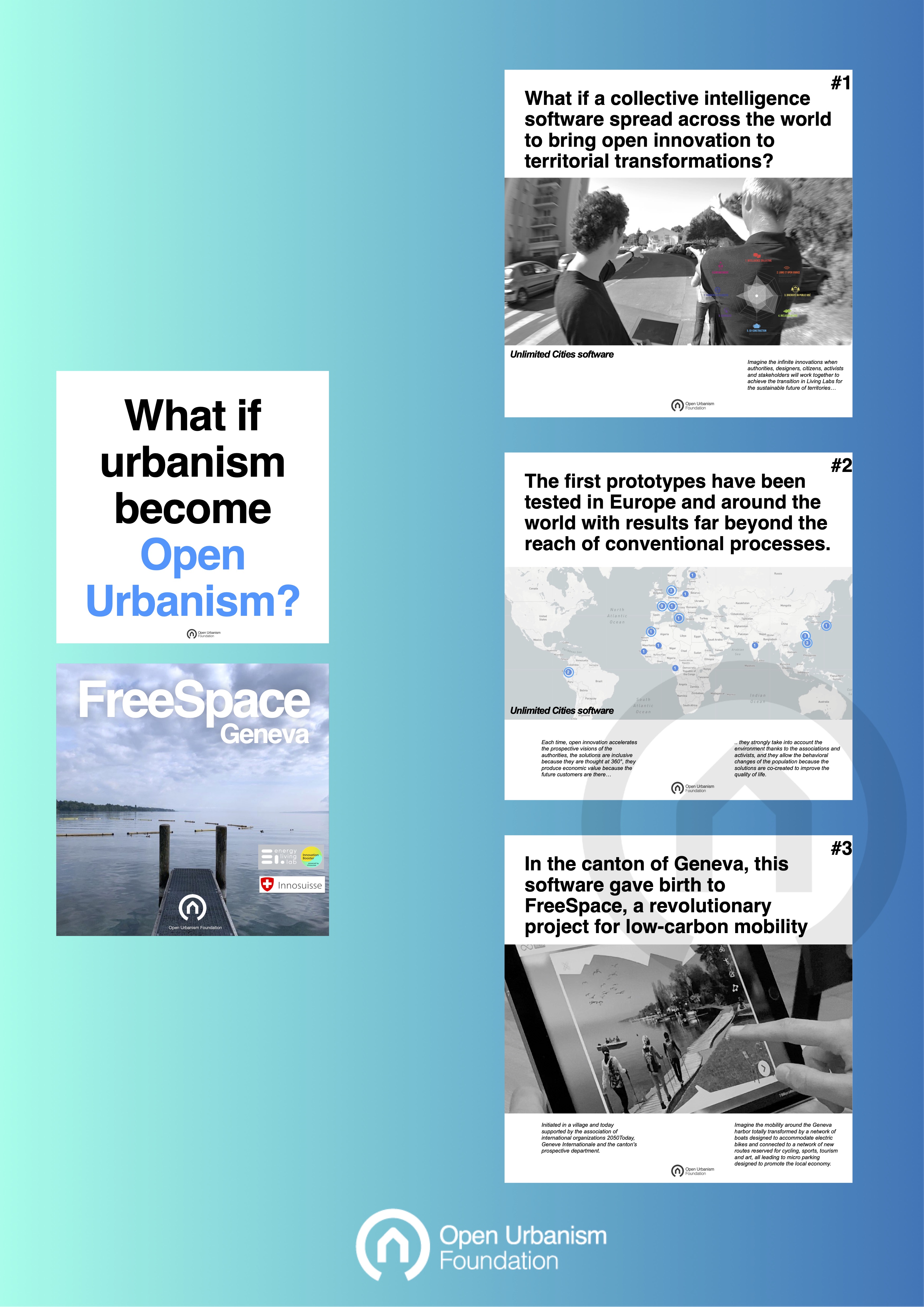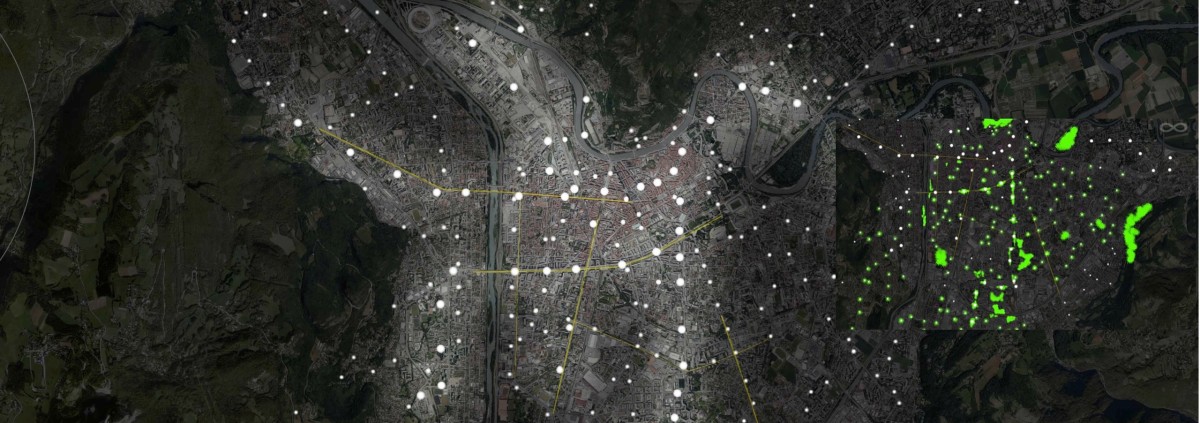Thoughts on the 2023 Mobility Summit of the Canton of Geneva
By Alain Renk, architect and urban planner, Founder of Host Lab, President of the Open Urbanism Foundation Geneva.
Key points
- Thinking about future mobility requires both a global and technical analysis of territories, a large-scale vision. However, these mobilities must also be understood thanks to the in-depth and holistic knowledge of territories, enabled by the local scale.
- This is why the creation of conditions for effective and convivial dialogue between institutional players, most often linked to global scales, and civil society players, linked to local scales, opens up innovative prospective avenues potentially suited to the bifurcations imposed by the transition.
- Recent experiments in France and Switzerland have demonstrated that an interesting feature of these collective intelligence methods is the generation of radical prospective ideas, without arousing the usual rejections associated with this radicality. This is due to the participatory nature of the processes by which ideas emerge, encouraging the appropriation of concepts and arguments.
- Initial support from institutional players and ongoing projects with the academic sector suggest a potential for disseminating these methods, developed as free and open source commons.
Thinking about mobility in both global and local dimensions
On the one hand, a strategic vision of mobilities is needed on a large scale to guide their evolution and transformation in line with the objectives to be achieved. This requires technical and specialized analyses of the various vectors and components of mobility, such as public transport, logistics, soft mobility, multimodal hubs and so on.
On the other hand, intimate, human knowledge of local areas plays a crucial role. This dimension integrates mobility into lifestyles as a holistic link between the worlds of housing, work, culture and leisure.
No single dimension is sufficient to develop the knowledge needed to guide the profound mutations required by the transition, especially as mobilities are intrinsically linked to the complexity of territories. By definition, mobilities interact with all the necessary transformations; mobilities are as much transformed by the territory as they are transforming it, at every scale.
Experiments where mobility transcends transport to transform territories in dept
From a prospective perspective, the articulation and highlighting of the global strategic technical dimension by the local and holistic dimension represents a major challenge. And conversely, the local dimension expresses itself all the better when illuminated by global perspectives. This dual challenge calls for the use of innovative tools and methods to encourage, through listening and dialogue, a fruitful encounter between politicians, technicians and designers, generally focused on the global dimension, and civil society, which has intimate knowledge of the territory.
Initial experiments on a metropolitan scale (e.g. Grenoble in France) or on a village level (e.g. Anières in Switzerland) show that these new interactions between players open the way to innovative, creative and highly appropriable solutions, as they result from large-scale processes of co-construction and collective intelligence.
The intimate knowledge of the local area is the source of the expression of new needs, as well as unusual solutions...
In Grenoble, for example, the response to the under-utilization of a metropolitan exclusive right-of-way bus network led to the emergence of a shared vision, articulated around multiple public spaces that are differentiated, useful and comfortable, linking biodiversity and cultural aspects, and connected by public transport that conveys meaning and quality of life. *
Similarly, in Anières, in the Geneva countryside in Switzerland, the rejection of a lake shuttle perceived as an imposition on residents gave rise to an innovative canton-wide mobility project, where new boats designed to carry electric bicycles could form the elements of a mobility network based on soft routes through the countryside, linked in an environmentally-friendly way to the center of Geneva. **
Towards widespread use and institutional support for these methods?
In these two examples, radical but easily appropriated forward-looking visions that are environmentally, socially and economically effective are born out of conditions conducive to constructive dialogue.
From the point of view of academic research, it may be possible to associate the effectiveness of these tools and methods with the principle of TCI (Theme-Centred Interaction by Ruth Cohn) as put forward by researchers at the University of Berne within the CDE (Center for Development and Environment). ***
UN Habitat and the Innosuisse innovation agency support the Fondation Urbanisme Ouvert, which shares the open-access and open-source tools and methods at the heart of these approaches. What remains to be done is to disseminate these modes of action within institutional and professional circles to show that the innovation and emulation present in Grenoble and Anières are easily reproducible.
* Developed by Host Lab for the City of Grenoble and transport operator Transdev / Free and open source visual collective intelligence tool: Unlimited Cities CC BY SA Open Urbanism Foundation
** Developed by the Open Urbanism Foundation for the City of Anières as part of the Municipal Master Plan / Free and open source visual collective intelligence tool: Unlimited Cities CC BY SA Open Urbanism Foundation
*** A meeting between the Foundation and the CDE is scheduled for this autumn. see CDE work: Innovation for Sustainability Transformation | Schweizerische Akademische Gesellschaft für Umweltforschung und Ökologie (saguf)

